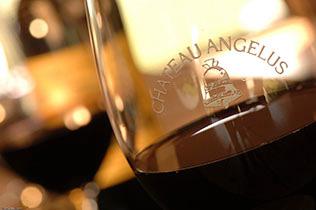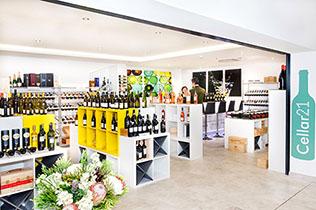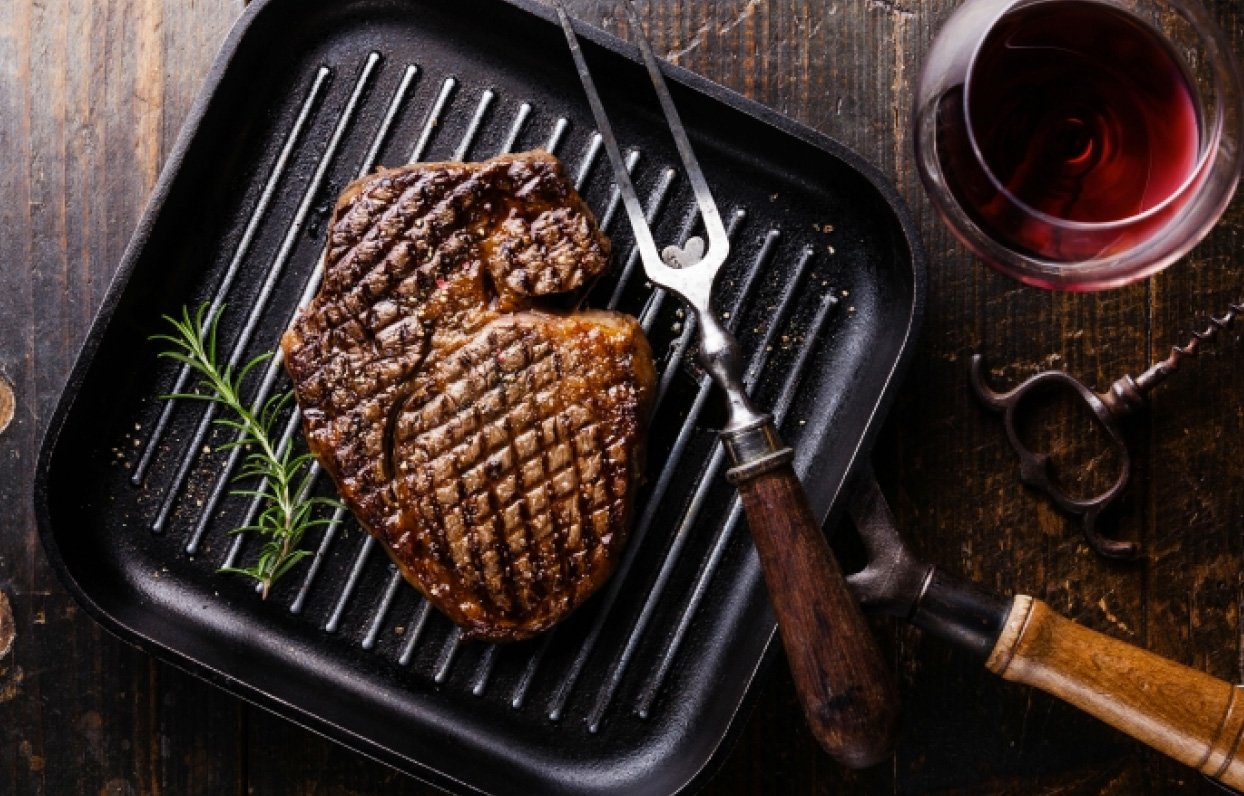Eating seasonal ingredients is so important for many reasons including quality, flavour intensity, environmental sustainability as well as getting value for money. Seasonal ingredients are often a good price because they are in abundance at particular times in the year. Whilst personal taste should never be ignored, careful consideration as to what wine to drink with a particular ingredient or dish can greatly enhance the experience. We often think of wine as a condiment and as such there are many options that could be selected to achieve a harmonious pairing.
Spring


Crab
Dressed crab is a delicious yet delicate dish. To taste all the delicious flavours, try with a classic Chablis or fine White Burgundy such as Puligny-Montrachet. Crab linguine can be rather spicy with many recipes including garlic and red chilli. A good quality Pinot Grigio, Soave or Albariño would pair well. A rich and luxurious crab bisque normally contains cream and cognac as well as having a dominant flavour of brown crab meat - a good opportunity to crack open a seriously good barrel-fermented Chardonnay with a couple of years’ bottle age. White southern French blends of Roussanne, Marsanne and Viognier work well too.
Lamb
Spring lamb is juicy, tender, melts in the mouth and has delicate flavours which mustn’t be over powered by a heavy wine. Pair with a fresher style of Pinot Noir from a cool climate region which displays soft red berry fruits balanced with earthy notes, fine tannins and good natural acidity. Rioja (Tempranillo) or a Cotes du Rhone (Grenache, Syrah) would also pair well.
Asparagus
Full of vitamins and minerals it is indeed a super food. The freshest British asparagus it a taste sensation served simply with a touch of butter, sprinkle of sea salt and a crack of black pepper. A tricky ingredient to match but I usually pair with an old-world Sauvignon Blanc, like Sancerre or Pouilly Fume, with high levels of acidity, subtle green fruit and citrus character and underlying minerality.
Rhubarb
Rhubarb-based puddings, particularly the humble crumble, pair well with sweet wines made with super ripe, late harvested grapes. This is because rhubarb’s notable acidity and refreshingly tart flavours are balanced with the sweetness in the wine. The acidity in the fruit is also moderated by the acidity in the wine. The array textures and flavours that rhubarb offers work perfectly with sweet wines made under the influence of noble rot (botrytis). The marmalade and honeyed notes in the wine come to life when coupled with rhubarb.
Summer


Strawberries
Closely associated with the start of summer and the cream of the British fruit crop. They can be enjoyed in a variety of ways; freshly picked, cakes, desserts, ice cream. If you are serving your strawberries without cream then opt for a Demi Sec Champagne or if you are serving with a creamy element try a delicate dessert wine like Beaume de Venise. You most definitively need a sweetness in the wine to match the sweetness in the strawberries.
BBQ
A good Barbecue in the sunshine with a delicious glass of wine is one of life’s little pleasures. Choosing the right wine can really elevate the occasion but what should you pick when you’re probably going to be eating lots of different things? Steak, sausages, burgers, chicken, haloumi, each item with varying degrees of char and smoke. You will need a versatile all-rounder wine which tastes great with or without food. I would suggest a juicy, fruit-driven red with some spice notes like Malbec, Shiraz, dry rose from Provence or a traditional method sparkling wine like Champagne, Crémant or Cava. Please note It is perfectly acceptable to chill your reds on a hot day!
Salads
Salads come in a variety of forms so try and match the weight and intensity of the dish with the weight and intensity of the wine. If your salad is light then serve a light refreshing wine that will complement the dish. You don’t want anything to heavy as this will overpower the delicate flavours. If you are having a salad with grilled peaches, cured meat or feta cheese, try with a wine with more body and flavour like Viognier or Albarino.
Picnics
Again, picnics can come in all shapes and sizes but typically there will be sandwiches, pies, pastries and sweet treats involved. A Prosecco or Prosecco Rose will go down a treat, they are light bodied, bursting with fresh primary fruit character and not too heavy on the alcohol -Usually 11-12%abv. Provence rose or fresh, light, bright red wines like Pinot Noir or Gamay (Signature grape from the Beaujolais region) go particularly well with cured meats and cheeses. Just don’t forget the corkscrew! Alternatively take sparkling or screwcap wines so you don’t need one.
Autumn


Root vegetables and Squashes
Autumn is the most abundant month for the vegetable garden! Squashes and sweet potato dishes pair perfectly with aromatic white wines with good acidity such as Riesling, Gewürztraminer, or Pinot Gris. Earthy root vegetables such as parsnips, beetroot and carrots pair well with earthy, medium bodied wines such as Burgundian Pinot Noir, Chianti (Sangiovese) or Rioja (Tempranillo).
Green vegetables
Kale, Spinach, cabbages and broccoli: Generally, a dry, aromatic Sauvignon Blanc pairs best with green vegetables as their leafy, herbal, grassy, citrus aromas complement the flavours of the vegetables. Big, powerful, concentrated wines will overpower the leafy greens and brassicas.
Apple and pears
If your orchard fruits are being served with a savoury dish, pair with either oaked or unoaked Chardonnay as the aromas and flavours are reminiscent of freshly fallen fruit which will complement the dish. Quality Chardonnay develops further complexity with bottle age and flavours ranging from, vanilla, nutmeg, hazelnuts, almonds and cloves. This enables the wine to pair with a wide range of textures, cooking methods and flavours. If your Apples or pears are part of a dessert, pair with a classic Sauternes or a botrytised dessert wine that is bursting with honey, apricot, caramel, ginger and baking spices. The high sugar levels in the wine are balanced with equally high acidity which will make your mouth water and complement the sweetness in the dessert and moderate the acidity in the fruit. It will be a taste sensation!
Mushrooms
Pair with wines that display earthy and savoury notes like Beaujolais (Gamay), Pinot Noir or Syrah. If you would rather pair with a white wine, try a richer style with some oak maturation like white Burgundy (Chardonnay) or Chenin Blanc which can complement the smooth, creamy texture of the mushrooms.
Winter


Casseroles
The trick here is to match the intensity of the dish with the intensity of the wine. If your casserole it hearty and flavourful then pair with a wine of similar weight. Warming winter stews and casseroles pair well with wines from the Rhone like a full-bodied Chateauneuf du Pape (Grenache and syrah blend), Australian Shiraz or a decadent Bordeaux (Cabernet and Merlot blend).
Game
For game birds, (Partridge, Grouse, Pheasant, duck) you will need a red wine with a touch of tannin and a gamey, savoury, leathery character with presents when the wine has been aged for a few years like a mature red burgundy (Pinot Noir), Bordeaux, or Northern Rhone Syrah. These wines will complement the pungent flavours of the game, especially if the bird has been well hung or later in the season. With regards to venison, which is a lean and fine textured meat, a truly classic match is Barolo or Barbaresco (Nebbiolo), these tannic, high acid, complex wines are softened and enriched by the flavour and textures of venison.
Mussels
Peak season in the UK is October through to March so we can enjoy for a full 6 months of the year! The classic pairing is with light, crisp, dry whites with a saline minerality such as a Muscadet Sur Lie or a Picpoul de Pinet. Chablis or Sancerre also pairs well.
Chestnuts
Chestnuts are rarely the dominant flavour of a dish but they are a fantastic seasonal ingredient. They are usually served as a part of a side dish and their deep, nutty flavour can complement game, poultry or roasted meats. They are often a component of stuffing or pasta dishes, and they can texture, body and complexity to soups or casseroles. Pair with a red wine from Piedmont or Languedoc, the rustic flavours will bring out the best of this ingredient.




